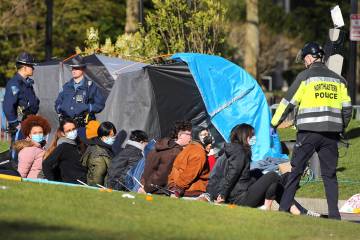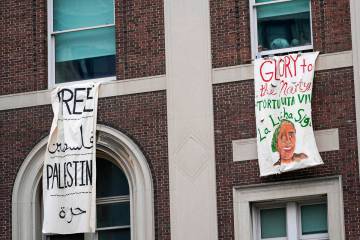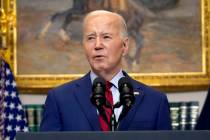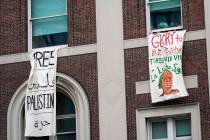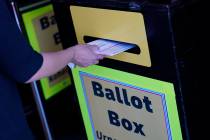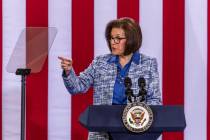From MLB to school discipline, time to reconsider the causes of racial disparities
The existence of racial disparities — whether in Major League Baseball or school discipline — isn’t automatically evidence ofdiscrimination.
“Where are black MLB players?” the headline of a recent USA Today sports column by Bob Nightengale read.
It’s an interesting question. In 1981, 18.7 percent of major league players were African-American, according to the Society for American Baseball Research. That number tumbled to under 10 percent by 2005. In 2016, just 6.7 percent of major leaguers were black.
Nightengale isn’t the first one to make this observation. In 2014, The New York Times wrote an article headlined “MLB report highlights sobering number of black players.”
The unavoidable implication in both pieces is that racial discrimination — either overt or unintentional — is to blame.
Notice how often this assumption works its way into news stories and even government policy.
New York City has a group of selective public schools that students earn admission to based solely on their performance on an aptitude test. Stuyvesant High School is the most elite of these campuses. It accepted 952 students. Just seven were black. Overall, black and Hispanic students received just 10.5 percent of all admission offers to the select schools. Almost 66 percent of the district’s students, however, are black and Hispanic.
On the surface, it looks like evidence of racism at work.
In 2014, this line of thinking led the Obama administration to threaten school districts over their discipline policies. For instance, in many districts, African-American males are more likely to receive suspensions or expulsions than other students. This “disparate impact” was evidence, according to the Obama White House, that a school’s discipline policy was racially biased.
But there’s more to each of these stories.
The percentage of white baseball players fell steadily after Jackie Robinson broke the color barrier in 1947. When the number of black MLB players peaked in 1981, 70.1 percent of players were white. In 2016, the number of white players had fallen to 63.7 percent.
How is that possible? Because the number of Latino players has soared. In 1981, 11.1 percent of players were Latino. In 2016, it was 27.4 percent.
You see something similar in NYC’s select high schools. Black and Hispanic students make up just 4 percent of the students at Stuyvesant. But only 19 percent of the students are white. That’s because a staggering 74 percent of the students are Asian.
The evidence shows something similar in school discipline. The liberal Brookings Institute reports, “Children ages 12-17 that come from single-parent families are at least twice as likely to be suspended as children from two-parent families.” In 2017, 65 percent of African-American children lived in single-parent families. That number was 24 percent among white families, according to The Annie E. Casey Foundation.
Given just that information, you’d expect to see differences among racial groups when it comes to school discipline — yet not because of racism.
The existence of a racial disparity isn’t always attributable to discrimination.
Contact Victor Joecks at vjoecks@reviewjournal.com or 702-383-4698. Follow @victorjoecks on Twitter.





